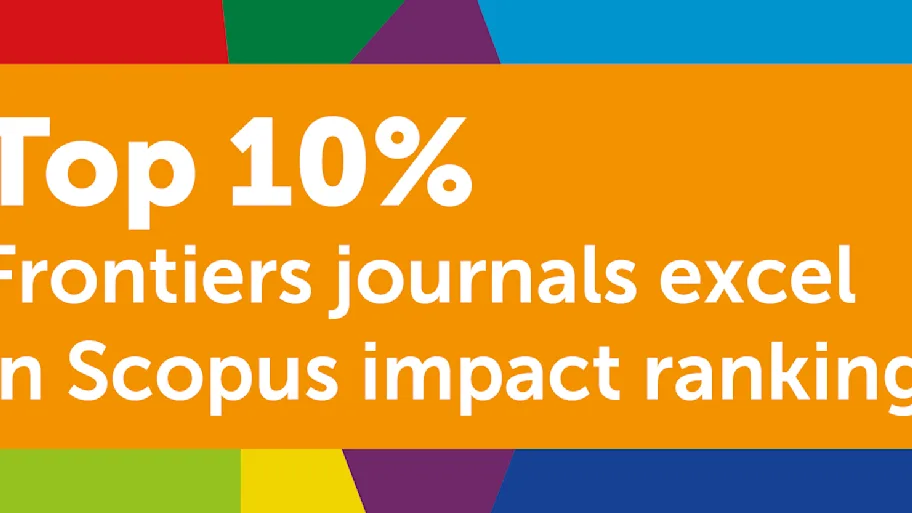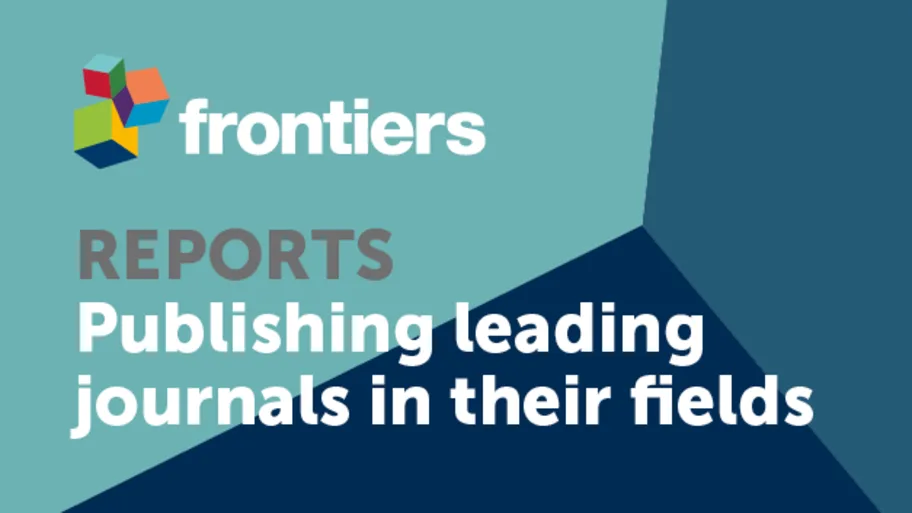
- Science news
- Climate action
- From ghost gear to microbe memories: 4 Frontiers articles you won’t want to miss
From ghost gear to microbe memories: 4 Frontiers articles you won’t want to miss
by Angharad Brewer Gillham, Frontiers science writer

Image: Shutterstock.com
At Frontiers, we bring some of the world’s best research to a global audience. But with tens of thousands of articles published each year, many often fly under the radar. Here are just four amazing papers you may have missed.
The hunt for ghost gear
25-30% of the plastic waste in the sea is lost fishing gear, or ‘ghost gear’, some of it now up to 60 years old. This ghost gear devastates the environment not only through continuing to trap fish, but also by shedding microplastics into the environment which then enter the food chain. Once it sinks as far as the sea floor, it becomes invisible from above – a hidden threat to the marine ecosystem. A team led by Andrea Stolte from the World Wildlife Foundation, writing in Frontiers in Marine Science, reported a successful ghost-hunting collaboration between fisherfolk, scientists, and divers in the Baltic Sea.
This coalition of stakeholders had several options for hunting down the ghost gear. Traditionally, when lost gear is spotted, fisherfolk use search hooks and other similar tools to try to retrieve it. However, this proved to be inefficient and damaging to the seafloor. Divers tried focusing on shipwrecks, where ghost gear can easily become entangled, but this gave too poor a return on investment to justify expanding the program. The team struck gold with sonar scanning which could identify nets on the seafloor, and an app called Ghostdiver which made it possible for divers to report ghost gear sightings quickly and effectively. This combination was extremely successful, leading to the retrieval of 24 tons of ghost gear near just one island.
However, the authors warned that disposing of the ghost gear in an eco-friendly manner wasn’t possible in the trial area. While the metal could be sorted and recycled, the plastic wasn’t eligible for recycling and had to be burned. Further planning will be required to fully exorcise the salvaged ghost gear.
Article link: https://www.frontiersin.org/articles/10.3389/fmars.2022.981840/full
Do microbes have memories?
Microbes must respond to many different challenges during their life cycles, and some that have experienced a particular stressor before respond faster than others. Scientists have observed that this applies even when the stressor was experienced by a parent cell – evidence for epigenetic boosting of microbe responses. Although this can be called ‘cellular memory’, Dr Lieselotte Vermeersch and her colleagues at KU Leuven pointed out in Frontiers in Microbiology that without neurons, it’s not memory as we know it. Instead, the team called this ‘history-dependent behavior’ – evidence that microbes can respond more quickly to previously experienced environmental cues, or cues experienced by a parent cell, via epigenetic pathways.
A speedy response using history-dependent behavior isn’t necessarily always beneficial. It takes time and energy to make an appropriate response to a changing environment and there is a risk that the response could work against the microbe when the environment changes again. Instead, responding slowly, or having a varied speed of response over different cells, might be more beneficial for long-term survival.
The mechanisms for history-dependent behavior still aren’t well understood, and crucially, we still don’t know how history-dependent behavior performs in the wild. Vermeersch and colleagues highlighted the need to run more comparable studies to expand our datasets on history-dependent behavior, and the even more urgent need to determine how history-dependent behavior is affected by the ecosystems microbes interact with.
Article link: https://www.frontiersin.org/articles/10.3389/fmicb.2022.1004488/full
Migraines in the back of your head
Although migraines affect about 15% of the world’s population, a substantial proportion of patients find that existing treatments don’t work well for them. To treat migraines, we need to understand where they come from and target drugs to be as effective as possible. A team led by Dr Mengya Wang at the University of Iowa investigated the possibility that the cerebellum plays a significant role in migraines.
The cerebellum is found at the base of the brain, towards the back of the head, and has structural connections to parts of the brain that are involved in processing sensory and emotional aspects of pain. Cerebellar impairment changes the experience of pain, and the cerebellum of migraine patients responds differently to sensory stimuli. Migraine patients are also, for reasons that are unclear, at higher risk for subclinical “silent” cerebellar infarcts – strokes followed by tissue death that are minor enough to go unnoticed.
“Taken together”, the authors wrote in Frontiers in Systems Neuroscience, “the combination of: (1) findings that cerebellar connections with pain/migraine-related regions and manipulations alter pain; (2) cerebellar symptoms in migraine patients and; (3) changes in structure, activity, functional connectivity, and metabolism in migraine patients or migraine animal models, all suggest that the cerebellum plays a role in migraine.”
The authors suggested that the cerebellum might modulate the experience of migraine, possibly by affecting either sensory or pain pathways. But how this might work, and how it might be exploited to find better migraine treatments for patients, remains unknown.
Article link: https://www.frontiersin.org/articles/10.3389/fnsys.2022.984406/full
Sorting the sheep from the goats: conflict for resources and climate change
When we think of animals fighting each other for resources, we might think of animals in the desert competing for access to scarce waterholes. But Dr Joel Berger at Colorado State University and his colleagues have shown that competition between species for resources is more common than expected – and may become more so as the climate crisis and human expansion force animals out of their existing ranges.
Writing in Frontiers in Ecology and Evolution, Berger and his colleagues compared mountain goats and bighorn sheep — similarly-sized large mammals whose resource needs coincide — and examined four abiotic resources that might spark competition: minerals, water, snow, and shade. The most striking results came from mineral licks. Both sheep and goats eat mineralized soil to supplement their diets, and in about 90% of the observed interactions between them at mineral licks, the goats would displace the sheep. Since goats have been introduced to several protected areas where they are not native species, this raises the question of whether they are dominating resources at the expense of native species. However, the scientists pointed out that a lack of baseline knowledge about the frequency of these encounters means that it’s hard to assess whether human-driven changes to the environment are making them worse.
“If — which is an important caveat — under global change, contests for abiotic variables increase, this could be an additional unforeseen consequence of climate change with impacts to biodiversity”, the authors said, adding: “If, however, curiosity about nature coupled with field studies continue their decline, we will never know.”
Article link: https://www.frontiersin.org/articles/10.3389/fevo.2022.991714/full






